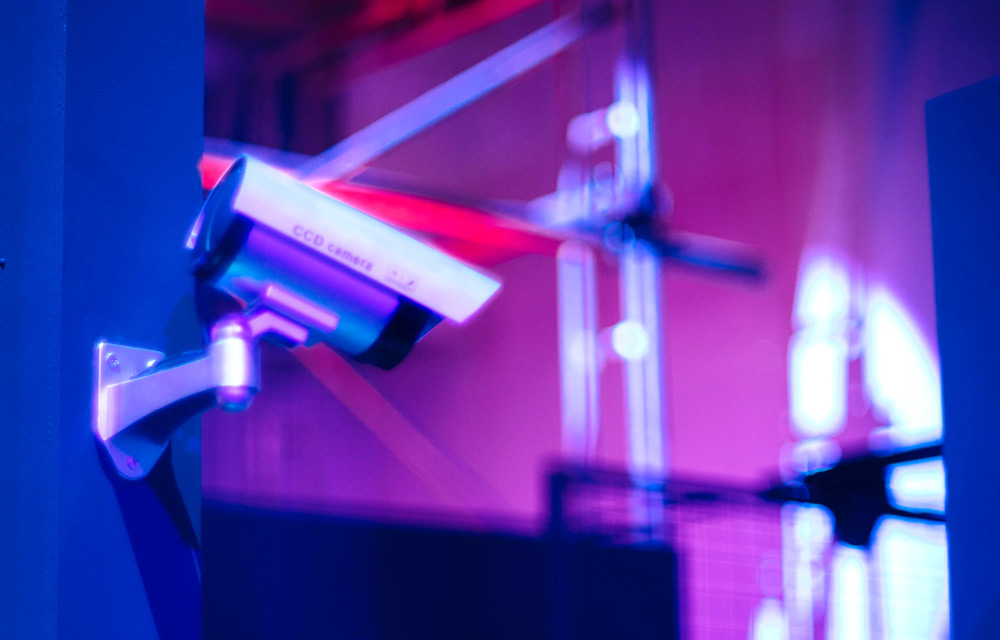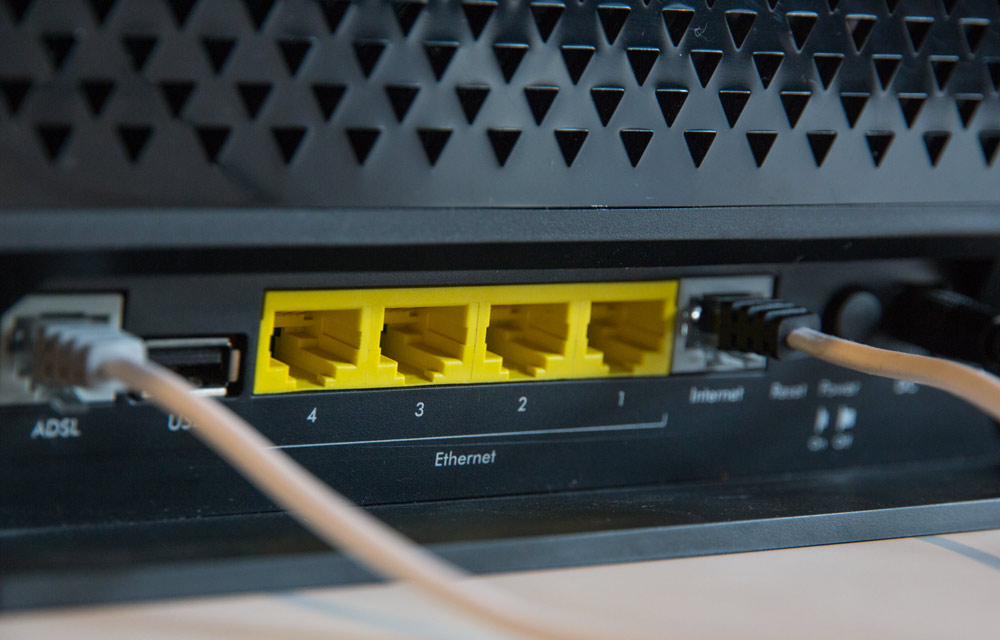Technology can help event organisers find solutions to their various security issues. The latter have been receiving attention in recent years but have nevertheless always existed. Access control and searches, crowd surges, terrorist risk, sexual assault and extreme weather events… how can technology help you better anticipate risks and address incidents in the most effective way?
Here are some ideas to think about. They were discussed during a workshop led by Weezevent at the MaMA Festival — Paris, France —, with Jérôme Tréhorel, director of Les Vieilles Charrues — biggest French festival —, and Pascal Viot, security manager at the Paléo Festival — biggest Swiss festival —, security consultant at European festivals, and teacher-researcher at the Ecole polytechnique de Lausanne.
Contents
- Managing crowds of attendees
- Addressing incidents: disorderly conduct, crime, misdemeanour
- Anticipating new risks
1. Managing crowds of attendees
Reception and security: same battle
Welcoming the public is a real challenge for an event, and in particular for its organisers, as it involves their civil and criminal liability. This therefore requires putting in place human and technological resources to ensure that everything goes according to plan, and that it gets better and better over the years. Safety and security are obviously at the heart of this issue, but so is the reception of the public.
At the Paléo Festival, this department is actually called Reception and Security. Its role is to find a balance between optimising the festival experience and managing emergencies and safety. Its members regularly put themselves in the shoes of festival-goers in order to understand their journey within the festival – the user journey – their movements and experience, their need for information and explanations regarding control and security, etc.
Crowd management is about managing the flow and density of people who will go through a process of control and sometimes waiting. They must understand why all this is necessary in order to avoid feeling as if they have to endure it. Safety should be part of the attendees’ journey without hurting them psychologically and physically, and guarantee the best experience promised by the event.
What can tech tools do?
Arrangements must be in place to watch what is happening during the event, from the moment participants enter until the end of the shows. Security teams must have eyes everywhere to anticipate as much as possible, or at least act and react well.
The density of people in front of the stage should be monitored because crowds generate a certain number of risks. This is where technology can help see things that a person cannot see alone. Cameras allow to zoom in on the crowd to identify people who might fall. This will help make decisions such as stopping a performance temporarily, or permanently if necessary.
Technology helps to improve vision or decision-making. If an event has been anticipated internally, but also with all government departments – on the periphery of the event for traffic, for example – it is much easier to react when a problematic situation occurs. But it is also necessary to create procedures adapted to each situation. If security teams have not planned their (re)actions in response to a given situation, technology will help them detect it but not address it.
Case study: additional entrances for Vieilles Charrues 2016
Most events have only one entrance for participants. At Les Vieilles Charrues, this means that 30,000 people can flock to the same place at a more or less predictable time, and this can become unmanageable. The festival-goer’s first physical experience will then be to queue for a long time before entering. This isn’t pleasant for anyone.
Like a stadium, Les Vieilles Charrues have therefore chosen to add entrance points so that each one can let in fewer festival-goers, but with greater ease. This has allowed to streamline entrance and better control access, thereby improving attendees’ experience.
Imagining new routes and convincing festival-goers to go to these new entrances did not happen overnight. To achieve this, it was necessary to work upstream and talk to the right people and prepare the launch so that everything would go according to plan.
Technological measurement tools are therefore important innovations for making the right decisions. They produce a certain amount of information that the organiser would not otherwise have been able to obtain, but this data must then be used wisely. In this case, analysing the number of people going through each entrance can help modify the signage and redirect it to the least used entrances. This is how the number of people at each entrance is rebalanced.
In a different situation, a security gantry can detect a prohibited object faster than a search officer would. And then – what action is performed once the gate flashes and rings? If it indicates an immediate risk, which protocol is triggered? Technology is a tool at the service of a process designed from A to Z. It generates raw and useless information, unless the right procedures are put into practice to deal with it pragmatically.
2. Addressing incidents: disorderly conduct, crime, misdemeanour
Detection tools for global processes
Among the many security systems, operators use cameras to identify potential incidents, including people in distress in a crowd. However, once they identify and report an incident, what procedure should be followed? If an organisation remains an observer with no process to deal with the incident, it can become a real problem.
Concretely, for example, who decides to stop a concert? How do we communicate with the artist – and not just at the time of the incident? It is better to inform him before his concert of the shutdown process based on the risks identified upstream. Stromae or NTM audiences are subject to incidents for different reasons and never due to hostile behaviour. Crowds move more or less and generate more or less compression. It is necessary to be able to include the artist and his management in a decision-making process by informing them of the tools put in place for risk detection. They must be in agreement with the organiser to ensure the safety of their audience.
On the organisational side, preparatory meetings are necessary to allocate security guards from one concert to another based on the expected audience: number of people, average age, typical surges – pogos, wall of death, etc. It is a matter of anticipating and preparing the conditions for the concert to proceed as planned, with a layer of vigilance and prevention. It is the equivalent of training extreme athletes. Upstream, it is also important to test the technologies used. Sometimes they will not be suitable to the organiser because it is not always possible to link a technology to a specific process.
What to do with the data generated
Event teams can now store a gigantic amount of information, but they must be able to analyse it to draw relevant conclusions. To do this, they can, for example, scan the cashless bracelets of people going through the first aid station to find out if the number of injured people is higher in certain areas, after certain shows, etc. This makes it possible to adjust the number of first aiders to certain positions, etc.
This is how Les Vieilles Charrues was able to record many injuries in an area of the festival where the terrain proved too dangerous. Without this data, awareness would have taken place, but it might have taken a year or two – through testimonies, for example. Thus, the tools allow for a better reading of the observed phenomena.
Case study: Stromae at Les Vieilles Charrues 2014
It is impossible to invent a safety procedure during the event. Before Stromae’s performance, Les Vieilles Charrues festival teams went to see his concerts to identify his audience and the way the crowd moves and reacts during his shows. They saw a large number of children in the crowd and thought it may be dangerous. They then set up a mandatory online journey to find out how many children would come on the day Stromae performs at Les Vieilles Charrues. The number of children’s tickets was limited and a special area was created for his concert so that 10,000* children did find themselves in the general public crowd.
*Estimate of the festival for an audience of 70,000 daily attendees if a limit on the number of children’s tickets had not been applied.
3. Anticipating new risks
Active and global monitoring
Security issues cannot be dealt with overnight and it is impossible to set up everything in a single move. All teams must be involved all the time and long-term. Regular conversations with government departments also make it possible to anticipate many situations. Especially since in some cases, they are the ones who have control over the decisions made relating to the event: cancellation, postponement, etc.
At the same time, as part of active monitoring, you should be able to identify emerging security risks each year – without neglecting the others. They change every year based on changes in behaviour. In the past, many accidents occurred in front of the stage, with many people injured and sometimes even killed. After taking up the subject, event organisers then had to prevent weather risk following several disasters and unfortunate accidents.
Around 2015, the terrorist risk erupted violently. However, it should not erase the other issues. Today, event organisers must be mature enough to standardise the management of this risk, in particular by working with government departments to rethink security measures. It is also important to reassure participants who tend to be concerned.
New risks to address
Other issues are now at the heart of concerns, including sexual assault. The work of an event is to become aware of security issues and create procedures to anticipate and deal with the associated risks. This is called a risk management approach.
In the future, and this is already the case, heat waves will be a predictable and obvious risk, but some events are not yet ready to face them. The same applies to power failures. If they affect an entire location, how does the organisation communicate with the crowd? How to set up a business continuity plan – so that the event continues to operate in a situation of disaster or major crisis?
You now know how tools facilitating reception and security at an event must be integrated into global processes. Our access control solution and its multiple features are part of it. Click on the button below to discover them:




